History
On November 30, 1911, the City of Lordsburg suffered its greatest loss due to fire. A fire, fueled by oil and gasoline, destroyed all of the buildings and the machinery in the Williams Brothers Oil Plant. The fire spread to the Union Ice Company’s icehouse and a tank car owned by the Santa Fe Railroad, completely destroying them. 6,000 gallons of distillates and gasoline were also lost. Additionally, the fire disrupted rail service for more than three hours. The chemical engine from Pomona and the combination engine from Claremont were requested to assist with controlling the fire.
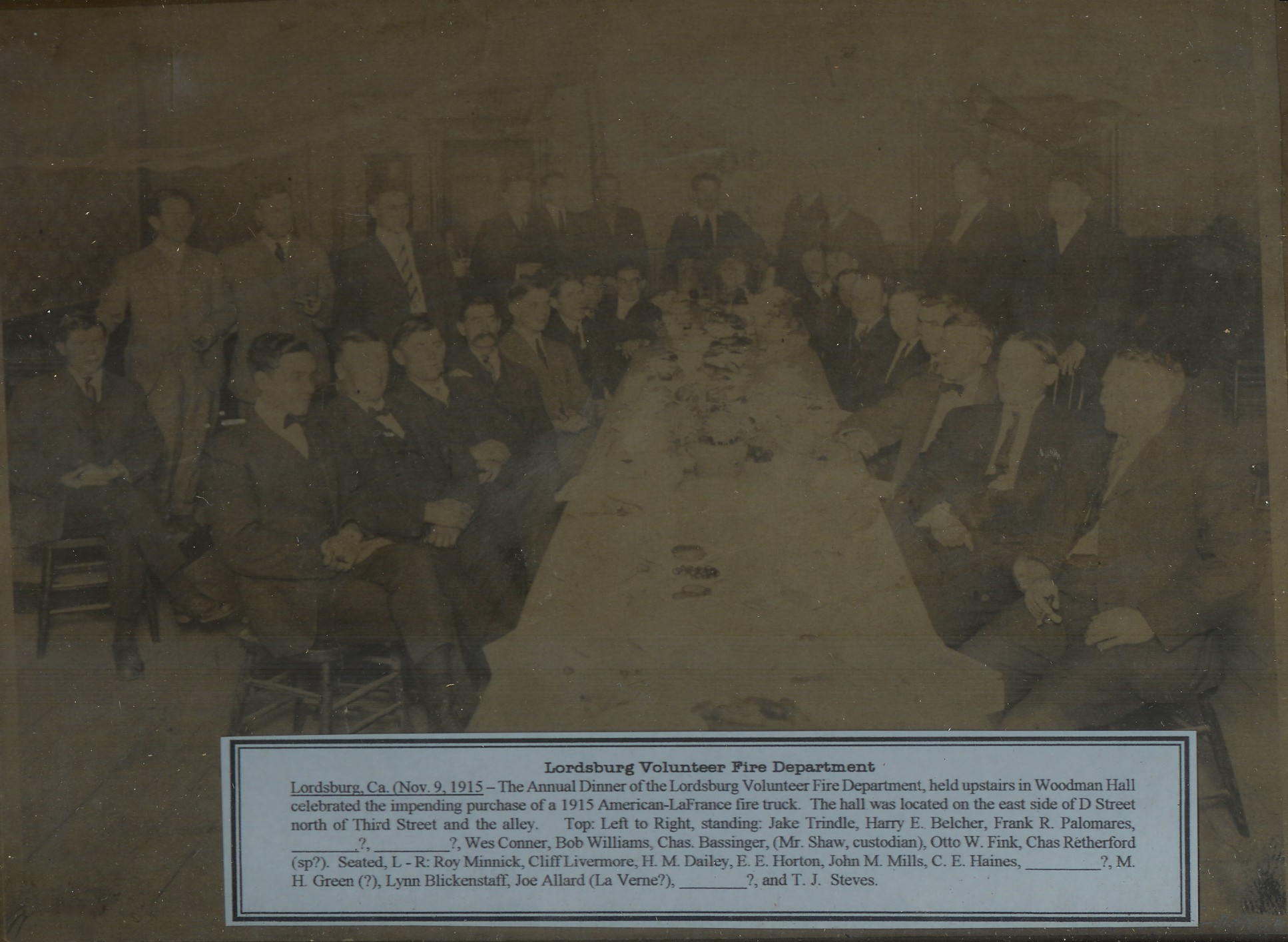
Two weeks after the fire, on December 6, the Board of Trustees of the City of Lordsburg held a meeting for the purposes of organizing a fire company. The Board agreed to purchase two hose carts and hose, and to create a force of 27 volunteers. Of the 27, one would be appointed as Chief. The remaining 26 would be split into two 13-man hose cart companies, each led by a Captain who was to be selected by their peers. Twenty-seven men volunteered that night, and chose Mr. O.B. Camp as Chief Engineer of the newly formed Lordsburg Volunteer Fire Company.
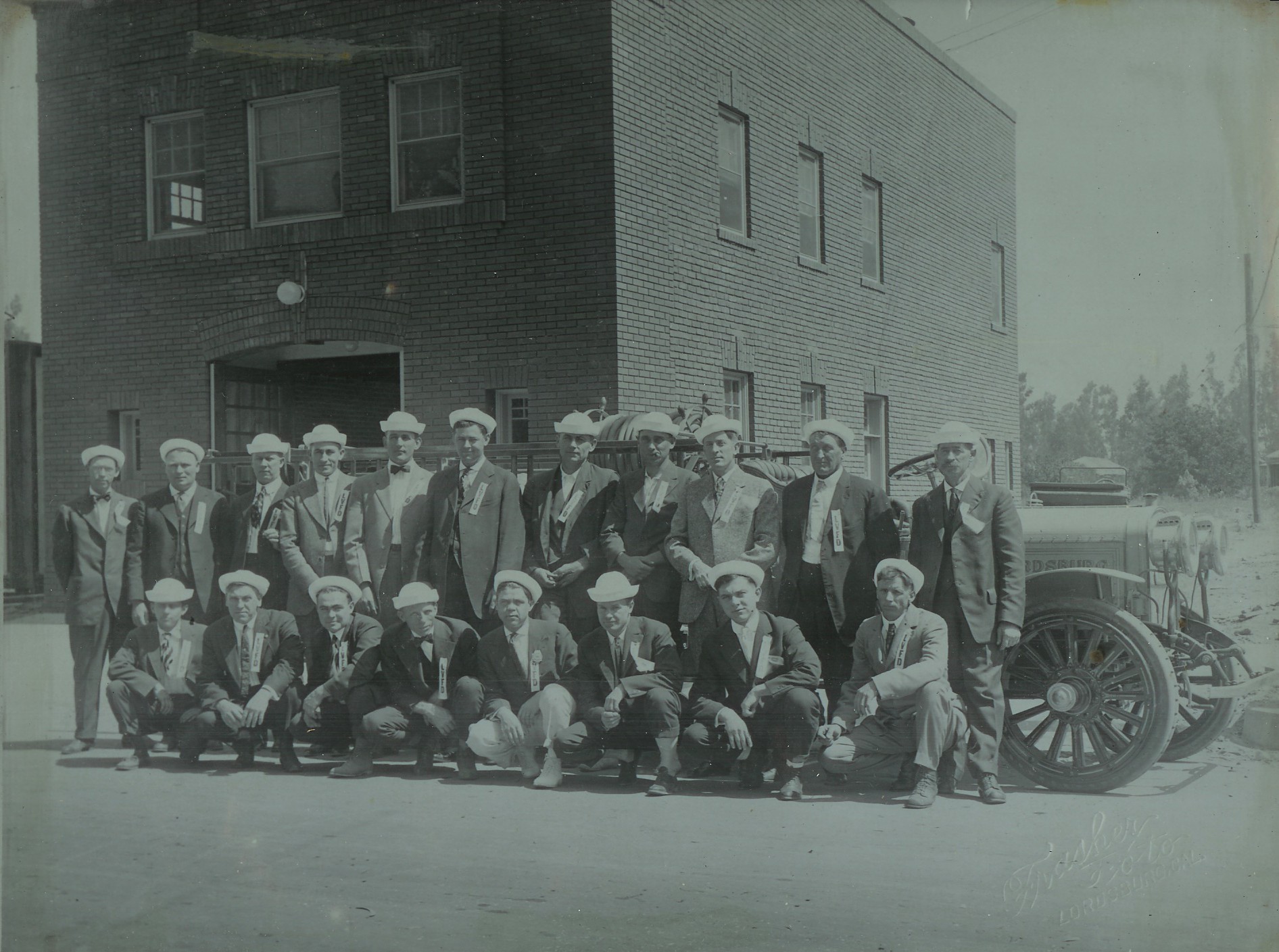
In 1916, the fire department received its first motorized fire apparatus, a Brockway Model B, and a new fire hall. The following year Lordsburg residents voted to change the name of their city to La Verne.
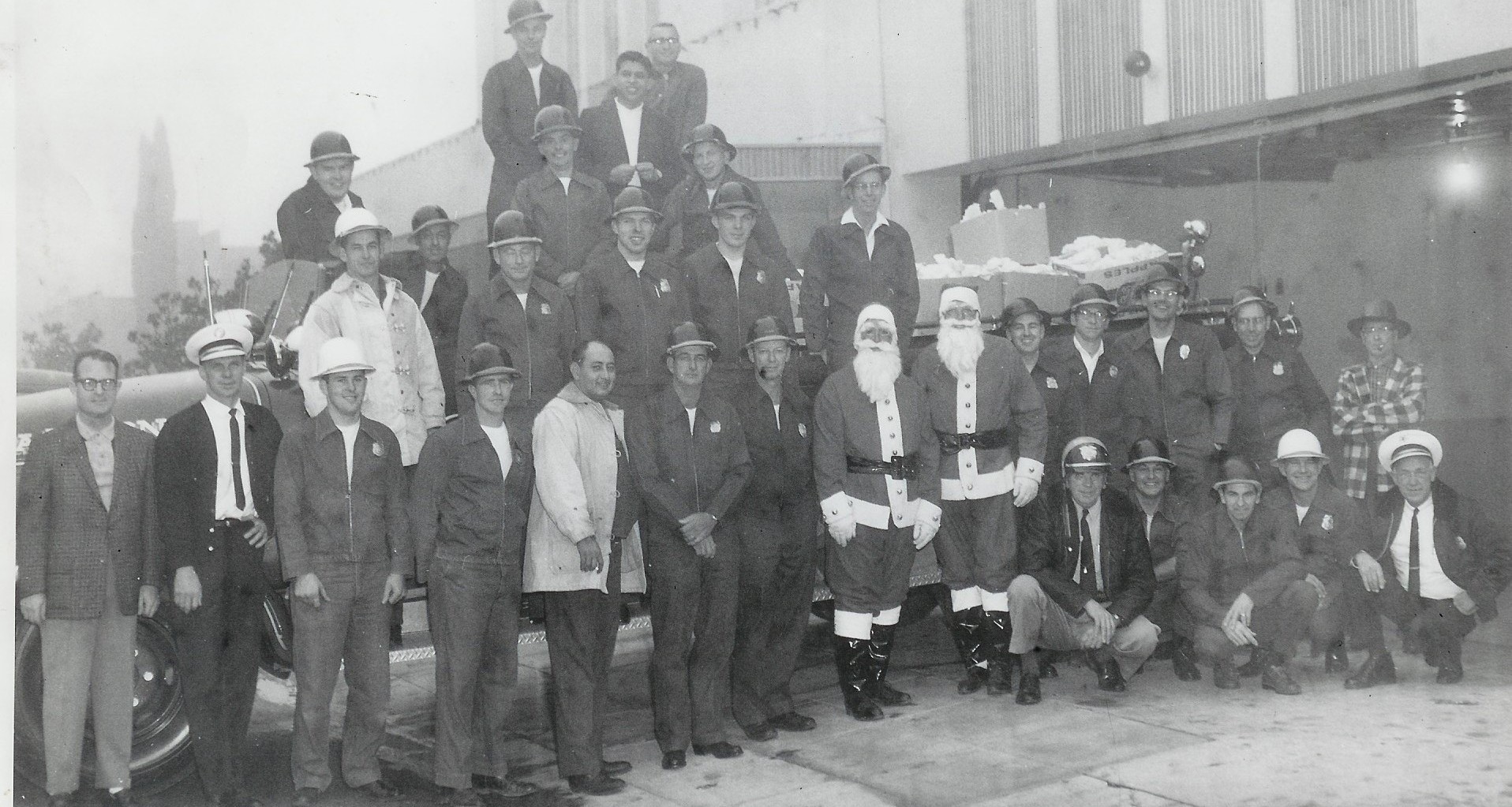
In 1925, the long-time tradition of bringing Santa to every child in La Verne began, when the firemen distributed food to needy families on Christmas morning. It has grown to a citywide event where firefighters, family members and volunteers deliver bags of candy, peanuts and fruit to each and every child in the city on Christmas morning.
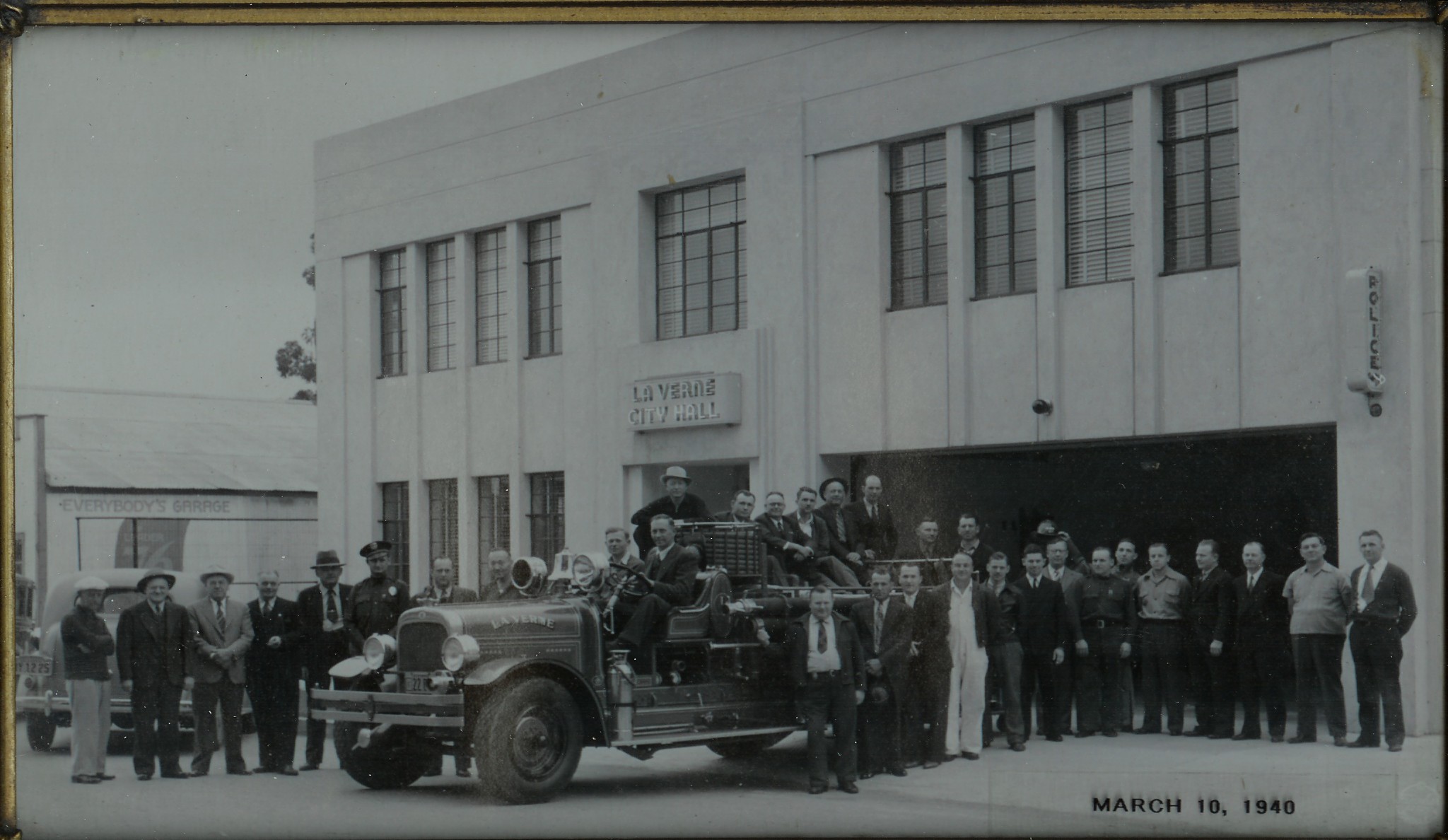
By 1930, the department had outgrown its fire fighting equipment again, and the city purchased what was then a modern Seagrave Suburbanite pumper. It has since been restored and is used today for parades and other civic events.
The volunteer department began its progression to a professional fire department in the 1950s, when the city hired its first paid fire chief, Harry Blickenstaff, who had served as Chief of the volunteer department since 1935. Chief Blickenstaff served until his retirement in 1972.
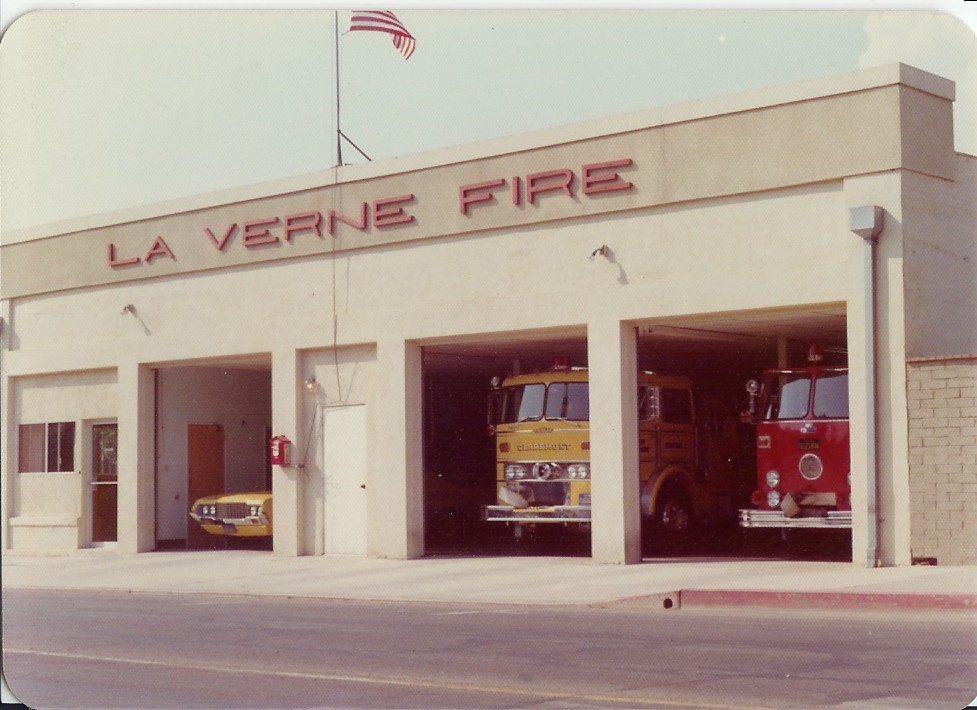
The volunteers continued to support the growing fire department until the 1970s when Reserve Firefighters were hired on a part-time basis to augment the paid staff. In 1975, a second fire station was constructed to serve the growing northern portion of the city. In 1980, the department began its paramedic program, housing a private ambulance at Fire Station 2. Four years later, an ambulance was purchased and six paramedics were hired. By 1992, all positions in the La Verne Fire Department were filled with full-time career firefighters.
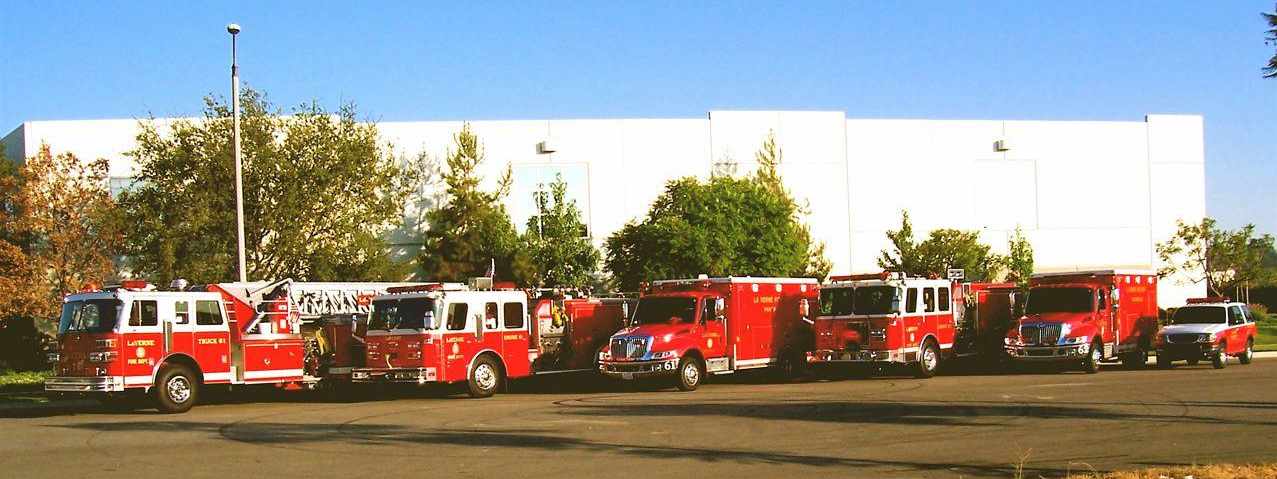
Today, the La Verne Fire Department employs 45 full time personnel operating out of three fire stations. The Department responds to over 3,000 emergency calls per year.
